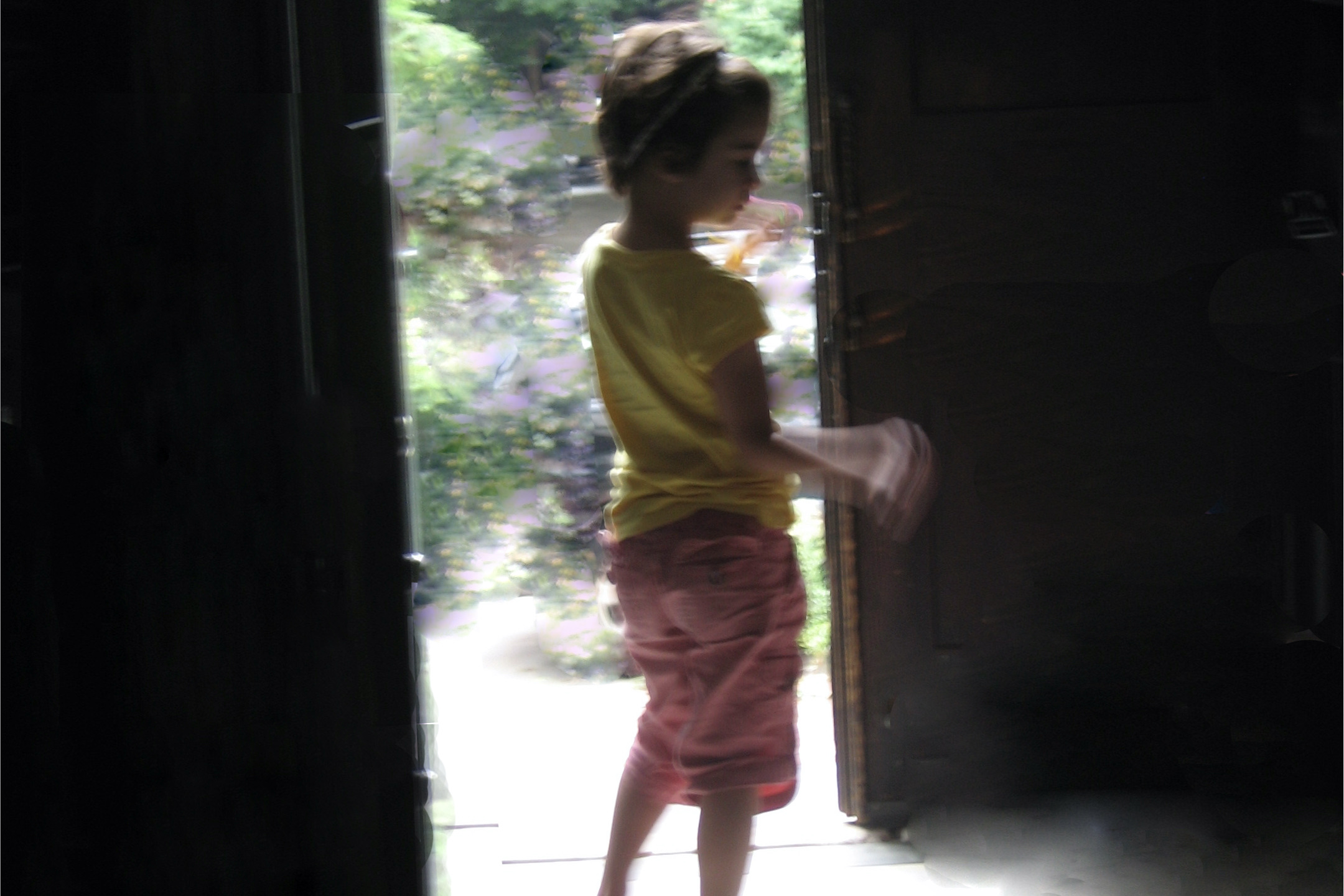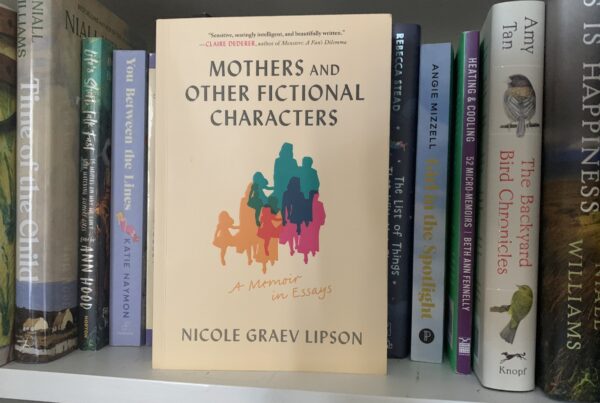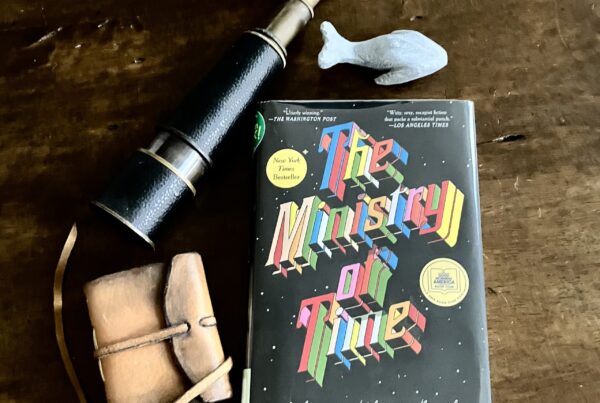I’ve always loved portal stories— stories where ordinary children wander into extraordinary worlds—these were, fittingly enough, my childhood entree into the fantasy genre. Newcomers make excellent audience surrogates, as authors have organically occurring reasons to dole out information about how their invented places work. When Alice tumbles into the White Rabbit’s hole, we learn the rules of the often hostile Wonderland alongside her; we don’t need to know the history of Dictionopolis and Digitopolis before Milo drives past the magical tollbooth; after Chihiro crosses the tunnel into the spirit world, we don’t expect to have a full grasp of its systems because we are with her on her confused and scary journey.
In 2019’s The Ten Thousand Doors of January, Alix E. Harrow relies on the appeal of portal fiction to splice it into another genre: the historical novel. We begin in early 20th century New England, in a sprawling mansion filled with a world-class collection of artifacts and curios. The house’s inhabitants seem familiar: the gruff but kind millionaire Mr. Locke, who runs the New England Archaeological Society seems like another Daddy Warbucks, and his sometime ward, January Scaller—a cosseted girl forever being enjoined to be less adventurous and more ladylike—could stand alongside wayward tomboys from Jo March to Lyra Belacqua. But their relationship is not what it seems. January is actually the daughter of Julian Scaller, a man Mr. Locke pays to traverse the world in search of new and ever rarer relics, to be acquired at any price. Under Mr. Locke’s care, the mixed-race January is protected, but it is clear that without his money or influence, she would soon cease being seen as charmingly “odd-colored,” in Mr. Locke’s locution, and simply be treated as non-white. Mr. Locke’s acquisitiveness is sinister; his plundering of the developing world is a reference to real-world stolen antiquities in museum holdings.
Often, January feels as though she too is part of the collection. And she is right to worry about just what she means to Mr. Locke—when she is seven, January runs away and discovers a magical door that takes her to another world, a parallel universe that smells like the sea and feels like home. Mr. Locke spends the rest of her childhood making sure she can never feel strong enough to open a door like that again, backed by a shadowy cabal of similarly-minded men. But eventually, January manages to escape, alongside Jane, an African woman cagey about her past, and Samuel, the childhood friend who, of course, becomes something more. January’s flight is a release of more than just her body: she finds magic that can make written words reality, the true story of her star-crossed parents, how to use forgotten legends to forge maps, and where to find the strength to break open long-closed doors.
The novel is told in January’s voice—the voice of a devoted reader (she herself makes many of the references I’ve thrown into this review), writing with exquisite feeling, lyricism, humor, the incantatory quality of folk stories, and a keen sense of story. The plot is fast-paced and full of incident, spanning continents and featuring chases, sea voyages, narrow escapes, and the kind of true love that reunited Buttercup and Wesley after death. The secrets January unearths, the worlds she traverses, and the family she finds make this novel a moving, unforgettable delight.




